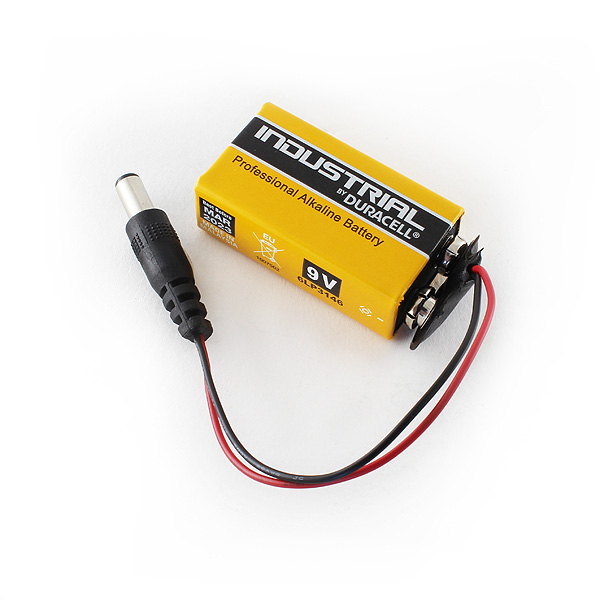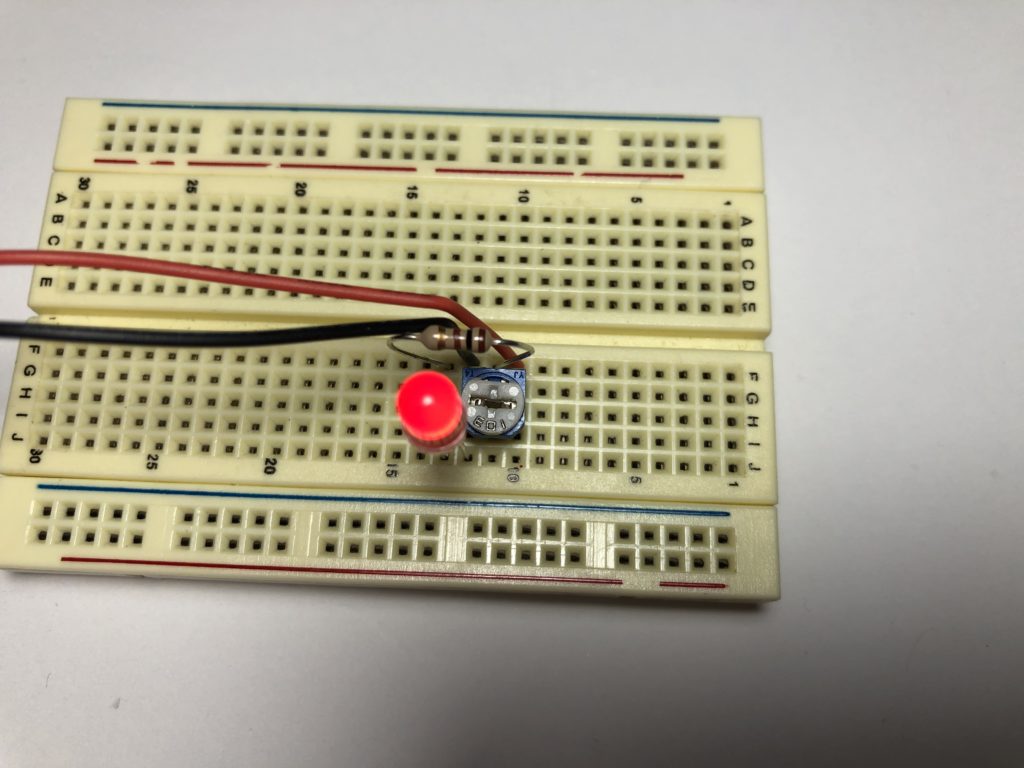

9V BATTERY LEADS PORTABLE
9 volt batteries can frequently be seen used in radios, smoke alarms, wall clocks, walkie-talkies, portable electronics, and much more. The 9V battery is used in many different applications. More demanding applications and adverse environmental conditions like heat and moisture can result in a shortening of battery service life. Applications that require a mild energy use, using a high quality battery can see battery life of up to 5 years. Most importantly it is determined by the chemistry/quality of the battery and the load you are putting it under. The service life of a 9V battery can depend on a variety of factors. The typical shelf life (storage in good condition) of an alkaline 9V battery will typically be about 10 years. Other industry names for the 9V battery can be Duracell MN1604, Rayovac A1604, Energizer 522, Varta 4922, MX2400, 1604A, Radio Battery, Smoke Alarm Battery, 9V Block, and Krona. The alkaline variant of the 9V battery is also referred to as 6LR61 and 006P. This is the typical 9V battery you would use today. The most common 9V battery in this line, is referred to as the PP3 battery. The 9V battery was originally a part of the EverReady Power Pack (PP) line. Technical Specifications Of The 9V BatteryĪlkaline, Lithium, Carbon-Zinc, NiCd, NiMH, Lithium-Ion

The performance and application of the battery can vary greatly between different chemistries, meaning that some chemistiries are better suited for some applications over others.Ĭlick Here To View 9 Volt Batteries From Possible chemistries of secondary (rechargeable) 9V batteries include nickel-cadmium (NiCd ), nickel-metal hydride (NiMH ), and lithium ion. Possible chemistries of primary (non-rechargeable) 9V batteries include Alkaline, Carbon-Zinc (Heavy Duty), Lithium. A wide array of both large and small battery manufacturers produce versions of the 9V battery.

It features a rectangular prism shape that utilizes a pair of snap connectors which are located at the top of the battery. The 9V battery is an extremely common battery that was first used in transistor radios.


 0 kommentar(er)
0 kommentar(er)
